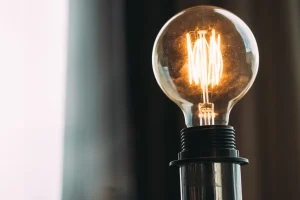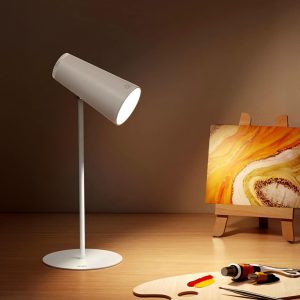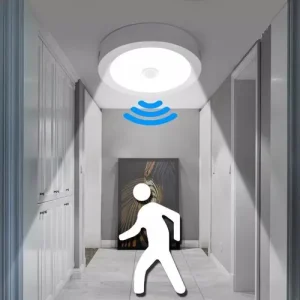What is LED Lighting? How It Works, Applications, and Safe Usage

1. What is LED Lighting?
LED (Light Emitting Diode) is a semiconductor device that emits light when an electric current passes through it. Unlike traditional incandescent or fluorescent bulbs, LEDs are highly energy-efficient, durable, and available in various colors and brightness levels.
Types of LED Lights:
- Standard LEDs: Commonly used in indicator lights and electronic displays.
- High-Power LEDs: Used in street lighting, automotive headlights, and industrial applications.
- Organic LEDs (OLEDs): Found in high-quality display screens.
- Smart LEDs: Integrated with IoT technology for home automation.
Benefits of LED Lighting:
- Energy efficiency: Consumes less electricity compared to traditional lighting.
- Longevity: Can last up to 50,000 hours or more.
- Eco-friendly: Free of toxic elements like mercury.
- Instant illumination: No warm-up time required.
2. How LED Lighting Works
LEDs work based on electroluminescence, a process where a semiconductor material emits light when electricity flows through it. Unlike conventional bulbs that generate light by heating a filament, LEDs produce minimal heat, making them more energy-efficient and long-lasting.
Key Components of LED Lights:
- Semiconductor Chip: The core part where light emission occurs.
- Lens/Diffuser: Helps to distribute light evenly.
- Heat Sink: Dissipates heat to extend lifespan.
- Driver Circuit: Regulates voltage and current to ensure stable operation.
3. Applications of LED Lighting
LED lighting is widely used across different industries and daily life applications due to its efficiency and versatility.
Common Uses of LED Lights:
- Home & Office Lighting: LED bulbs and panels provide energy-efficient lighting for indoor spaces.
- Automotive Industry: Used in headlights, brake lights, and interior car lighting.
- Street & Outdoor Lighting: Municipalities use LED lights for better visibility and energy savings.
- Display Screens: Found in TVs, smartphones, and advertising billboards.
- Medical & Industrial Uses: Used in surgical lighting, UV sterilization, and specialized industrial applications.
4. Safe Usage of LED Lighting
While LEDs are generally safe, improper usage can lead to issues such as eye strain, overheating, or shortened lifespan. Here are some tips for safe and efficient LED usage:
Tips for Safe LED Usage:
- Choose the Right Color Temperature: Warm white (2700K-3000K) is ideal for cozy environments, while cool white (5000K-6500K) suits workspaces.
- Avoid Overloading Circuits: Ensure proper wiring and avoid exceeding wattage limits.
- Use Compatible Dimmers: Not all LEDs work with standard dimmers; check for compatibility.
- Ensure Proper Ventilation: Overheating can reduce LED lifespan; use well-ventilated fixtures.
- Buy from Reputable Brands: Certified LEDs offer better performance and safety.
Conclusion
LED lighting is a revolutionary technology that offers energy efficiency, longevity, and environmental benefits. Understanding how LEDs work, where they can be used, and how to use them safely ensures optimal performance and a longer lifespan. By adopting LED lighting, both individuals and industries can contribute to energy conservation and a sustainable future.







